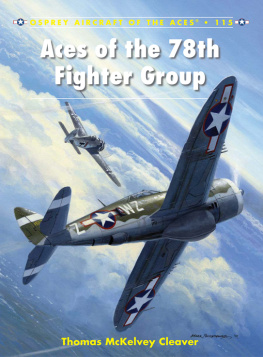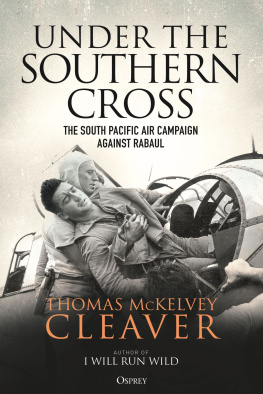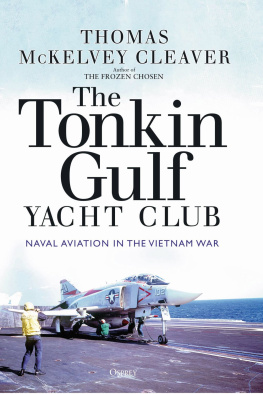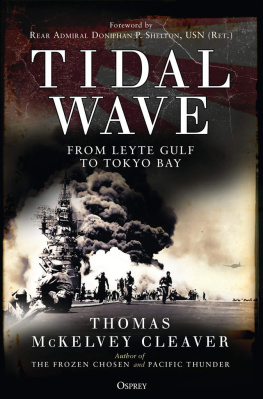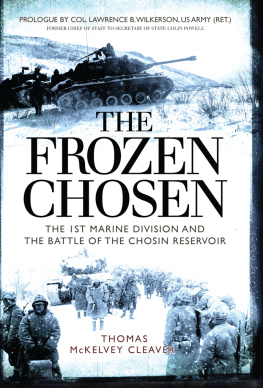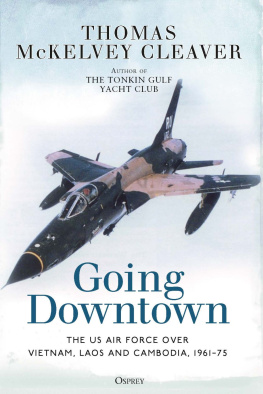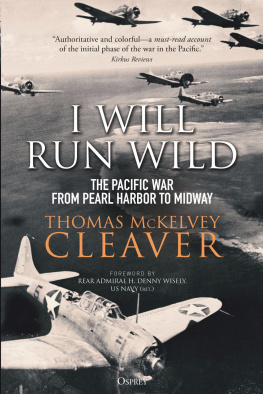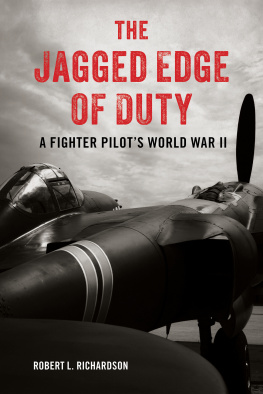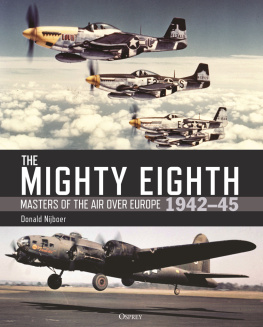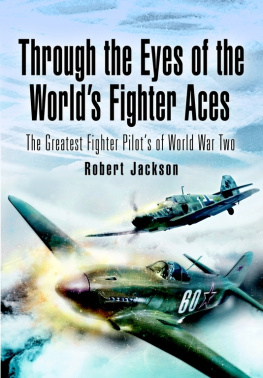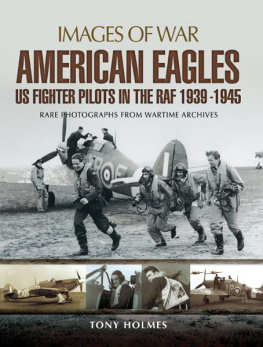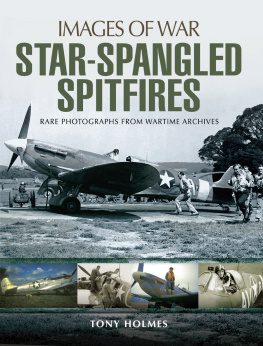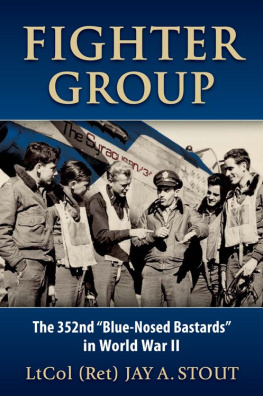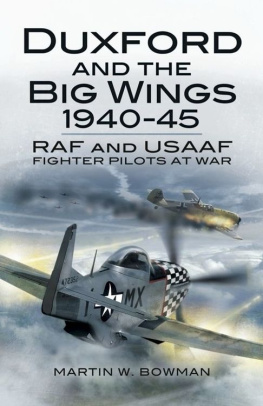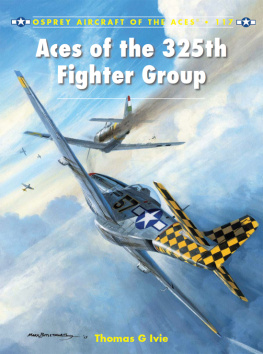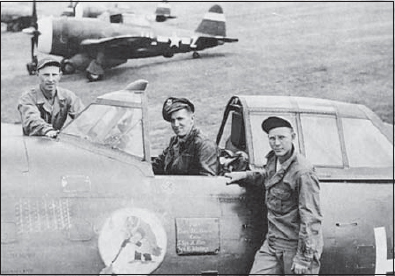CONTENTS
30 JULY 1943
O n 30 July 1943 Little Blitz Week came to its conclusion, thus marking the end of the first sustained air offensive by the Eighth Air Force against Germany proper since the USAAF had commenced operations from southern England nearly a year earlier. This was the opening blow of the Combined Bomber Offensive that would see B-17 Flying Fortresses and B-24 Liberators finding targets over the next ten months in preparation for the Allied cross-Channel invasion and the eventual liberation of Europe.
Good flying weather in the latter part of July had allowed 14 strikes to be flown over the six days from 24 July. On the 30th, the Eighth Air Forces heavy bombers had targeted the Focke-Wulf factory at Kassel, having previously attacked similar plants in Oschersleben and Warnemnde during Little Blitz Week. All three missions had seen the heavies undertake deep penetration strikes beyond the range of escort fighters, and they drew maximum opposition from the defending Luftwaffe.
The 186 B-17Fs sent to attack Kassel on 30 July were already headed into the prevailing westerly wind at 22,000 ft as they released their bombs over the target and came out of the flak umbrella over the city, headed for home. In a matter of minutes, more than 100 Bf 109s and Fw 190s from JGs 1 and 11 made their presence known, as the contrails streaming from the American formation were easy for the German pilots to spot. Several formations slashed through the bomber boxes in Twelve oclock high attacks. Gunners aboard the Flying Fortresses fired at the grey fighters streaking past them, their cannon flashing. Bombers were hit, with three bursting into flames and falling out of formation. The sky was filled with blossoming parachutes. A B-17 in the lead box took hits in an engine and eventually fell behind after its crew had tried, forlornly, to keep up with the formation for protection.

P-47C-2 41-6243 was amongst the first batch of Thunderbolts assigned to the 84th FS in the spring of 1943. ChristenedPappysometime after this photograph was taken from a 91st BG B-17F on 11 June 1943, the fighter was assigned to Capt George Hays (USAAF)
Maj Jesse Davis, deputy CO of the 83rd FS, his crew chief MSgt Albert Ron (left) and assistant crew chief Roderick Wallace pose with their P-47C-2 41-6402Owley and Tobe. The fighter proudly displays a victory symbol denoting the Fw 190 that Davis destroyed on 1 July 1943. He would claim his second, and last, kill in 41-6402 on 27 September. Note the early 200-gallon non-droppable ferry tanks fitted to the aircraft in the background. P-47C-5 41-6373 HL-Z was the mount of 83rd FS CO Lt Col James Stone, who claimed victories with it on 14 May and 30 July 1943 (USAAF)
At 23,000 ft over the English Channel, 15 miles west of the Dutch coast, 48 pilots of white-nosed P-47C/D Thunderbolts of the 78th Fighter Group (FG) climbed to cross into enemy air space at 29,000 ft. As future nine-kill ace Maj Gene Roberts, subsequently recalled;
We started with the usual 48 fighters three squadrons with 16 fighters each. However, two of the pilots reported mechanical problems and had to abort as we crossed the English Channel. In each case, per our standard procedure at that time, I had to despatch the aborting aeroplanes entire flight of four to provide an escort back to base. That left us with 40 fighters for the mission by the time we reached Holland.
The 40 Thunderbolts came in north of Rotterdam, flying over Nijmegen before entering German airspace for the first time ever over Kleve. From this altitude, pilots could see the city of Haltern on the horizon. This was the deepest penetration of Germany yet made by American fighters, and it had been facilitated by a lucky tailwind at altitude. Only the day before the P-47-equipped 4th FG, using the troublesome, unpressurised belly tanks for the first time, had also made it as far east as the German border.
The task for the 78th FG pilots on 30 July was withdrawal support for the heavies as they left Germany, after which the Debden Eagles of the 4th FG would cover the B-17s final withdrawal across the Channel to England.
Brand-new 78th FG commander Lt Col Melvin F McNickle flew beside Maj Roberts, CO of the 84th Fighter Squadron (FS), as White Three element lead on this, his first mission. Deputy group commander Lt Col James Stone was Red One of the second flight, while future five-kill ace Capt Jack C Price, who had claimed his first victory (an Fw 190) on 14 July, was Blue One of the third. Fellow future 14.333-victory ace 1Lt Quince L Brown, victor in his first aerial combat a month previous, was Yellow One, leading the fourth flight. His wingman, Flt Off Peter Pompetti, also had a victory to his name the first of an eventual seven kills.
Above Roberts 84th FS was the 83rd FS as high cover, with future five-victory ace Capt Charles P London leading the unit as Red One. He was the groups top scorer at that time with three kills. Finally, the 82nd FS, led by Maj Harry Dayhuff (another single-victory pilot), was in the low position.
Near Haltern, rocket-armed Bf 110G twin-engined fighter destroyers attacked the Flying Fortresses from the rear, firing missiles outside the range of the bombers defensive fire and downing a B-17. At that moment the 78th FG saw the bombers approaching Haltern, just as Roberts spotted the German fighters;
We were outnumbered by at least three-to-one, but were able to manoeuvre into attacking position with very little difficulty. The main reason for this success was that the German fighter pilots and Luftwaffe high command did not believe we could possibly be that far inland, and were not expecting to see a defensive force at all.
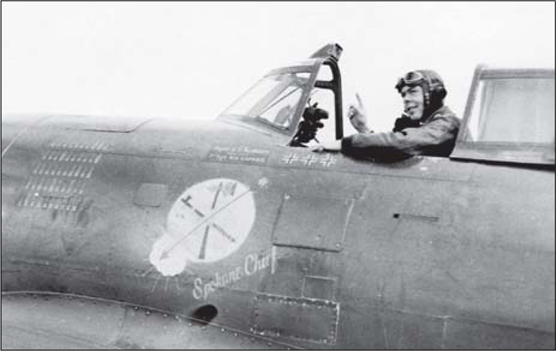
Maj Eugene Roberts, CO of the 84th FS, gestures to the press from the cockpit of his P-47C-5 41-6630,Spokane Chiefduring a photo-call at Duxford following his triple victory haul of 30 July 1943. He was the first VIII Fighter Command pilot to down three aircraft in a single mission. This fighter, like all P-47Cs delivered to the 84th FS in the spring of 1943, was polished with beeswax to improve its airspeed as directed by Maj Roberts. Groundcrewman Sgt James Tudor recalled, It was easy to forget about the wax and slip, fall off the wing with a full tool box or take off the heavy bottom cowl section and have it slip through your fingers and come crashing down on your foot. I believe that the waxing gave the aeroplanes a whole 2-5 mph increase in speed! (USAAF)
The Thunderbolt pilots quickly engaged the enemy fighters as they continued to target the bombers heading west, as Roberts subsequently recalled;
There was one B-17 beneath the main formation, and it was being attacked by around five German fighters. The bomber was pouring smoke and appeared to be in deep trouble. From my position in the lead of the group, I dove down on the enemy fighters that were attacking the cripple. However, the Germans saw us, broke away, and dove for the ground. There wasn't much more we could do to help the crippled B-17, so I pulled up on the starboard side of the main bomber formation, about 1000 yards out. I discovered on reaching this position that my second element Lt Col McNickle and his wingman had broken away and was no longer with me. I had only myself and my wingman, Flt Off Glenn Koontz. We immediately saw enemy aircraft ahead of us and above the formation. I judged that there were more than 100 enemy aircraft in the area, as compared with our 40.

